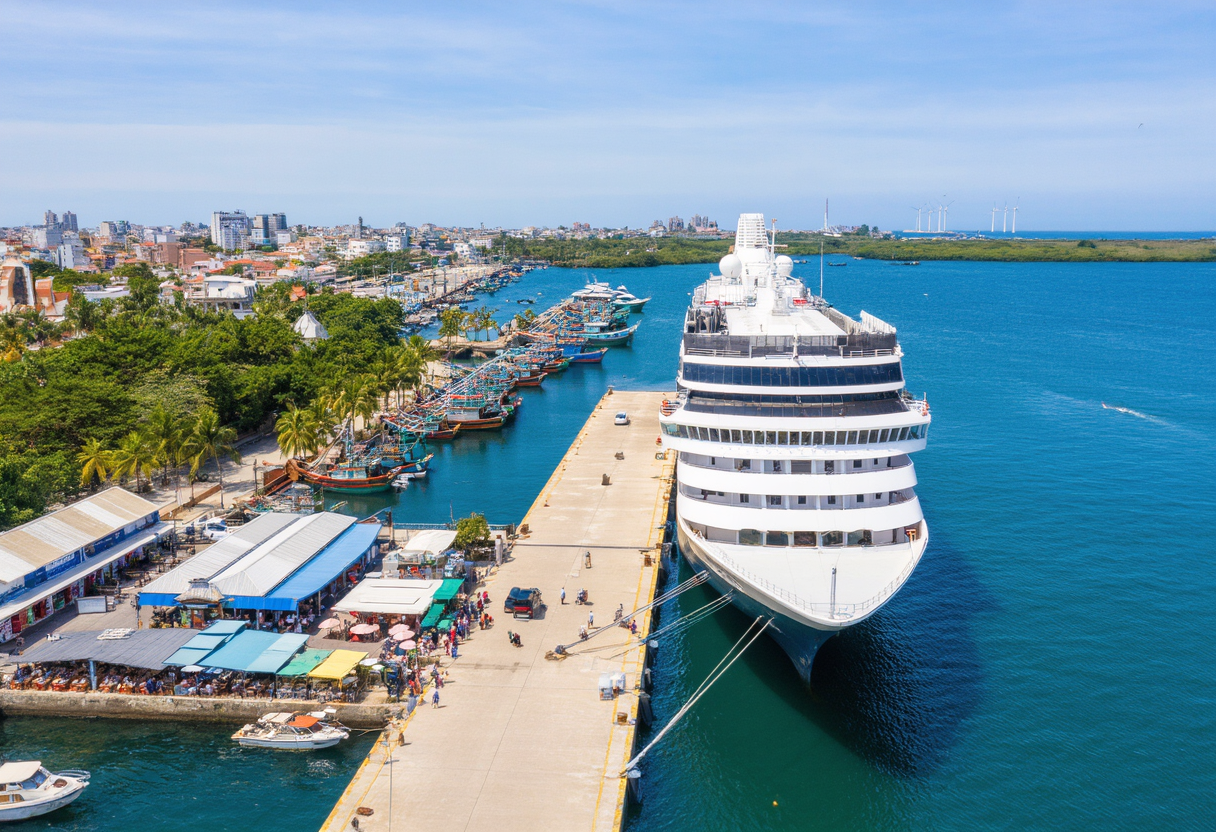Cruise Tourism and its Impact on Local Economies
Cruise tourism significantly influences local economies, presenting both opportunities and challenges. This article analyzes the economic benefits, including job creation and increased revenue for local businesses. It also discusses potential downsides, such as environmental concerns and the necessity for sustainable practices. Join us as we explore how cities can harness cruise tourism to drive economic growth while ensuring ecological considerations are met.
The Economic Benefits of Cruise Tourism
Cruise tourism provides substantial economic benefits to local economies. As tourists disembark, they inject capital into the community, fueling local businesses such as shops, restaurants, and tour operators. The influx of passengers often leads to job creation, ranging from hospitality to transportation services, thereby boosting employment rates. Moreover, cruise lines frequently collaborate with local vendors, creating mutually beneficial partnerships. This economic synergy enhances community development and builds a sustainable travel ecosystem that celebrates local culture while providing essential services to tourists. However, the key to fully realizing these benefits lies in strategic planning and proactive community engagement.
The Challenges Posed by Cruise Tourism
Despite its benefits, cruise tourism also presents challenges that must be addressed. Local governments often face strain on infrastructure due to increased traffic, particularly in ports that weren't initially designed to handle large crowds. Environmental concerns accompany the rise in cruise tourism, with potential damage to delicate ecosystems and communities. Tourist behavior can inadvertently undermine local culture without careful management. Consequently, local authorities must implement strategies to mitigate these issues effectively while still welcoming cruise travelers. Balancing economic gain with environmental sustainability requires a comprehensive approach that includes public education and community support.
Strategies for Sustainable Cruise Tourism
Sustainable cruise tourism emphasizes the need for eco-friendly practices and protective measures for local environments. To sustain the benefits derived from cruise tourism, ports and communities must work collaboratively with cruise lines to enforce regulations that minimize environmental impact. This includes limiting the number of cruise ships allowed in certain areas and integrating advanced waste management systems. Additionally, promoting responsible tourism practices among passengers can enhance community relations and protect local ecosystems. Engaging local stakeholders in decision-making processes ensures that tourism initiatives are sensitive to the community's needs while maximizing economic potentials. These strategies demonstrate that cruise tourism can coexist with environmental stewardship.
Successful Case Studies in Cruise Tourism Management
Examining successful cruise tourism management case studies reveals valuable lessons for local economies seeking growth. For example, cities that prioritize integrating community values into their tourism strategies often report higher levels of satisfaction among residents and tourists alike. In places like Alaska and the Caribbean, strong collaboration between local governments and cruise lines has led to better-managed tourism that benefits everyone involved. Innovations in community engagement, such as local artisan markets and sustainability initiatives, encourage tourists to immerse themselves in the culture, further reinforcing the economic viability of cruise tourism. Learning from these examples can guide other communities to create success stories in their cruise tourism endeavors.
The Future of Cruise Tourism and Local Economies
Looking into the future, cruise tourism is destined to play an essential role in developing local economies worldwide. As more regions embrace cruise tourism as a source of revenue, understanding how to navigate the relationship will be critical. Stakeholders must work cohesively to optimize the benefits while tackling challenges collaboratively. This approach can be achieved through policy development, environmental awareness, and robust community engagement. Additionally, with travelers increasingly prioritizing unique and authentic experiences, local economies have the opportunity to showcase their offerings effectively. The strength of cruise tourism lies in its potential to create shared prosperity across communities.
Conclusion: Navigating Local Economies with Cruise Tourism
In conclusion, while cruise tourism can lead to considerable economic growth, it also necessitates a balanced approach to sustainability and community welfare. Various strategies can ensure that local economies thrive while preserving environmental integrity. By learning from successful case studies and engaging local stakeholders, cities can harness the benefits of cruise tourism for the long term. Cruise tourism is not just an industry; it is a powerful driver that can forge deeper connections between travelers and local communities, fostering a sense of shared adventure and responsibility.
